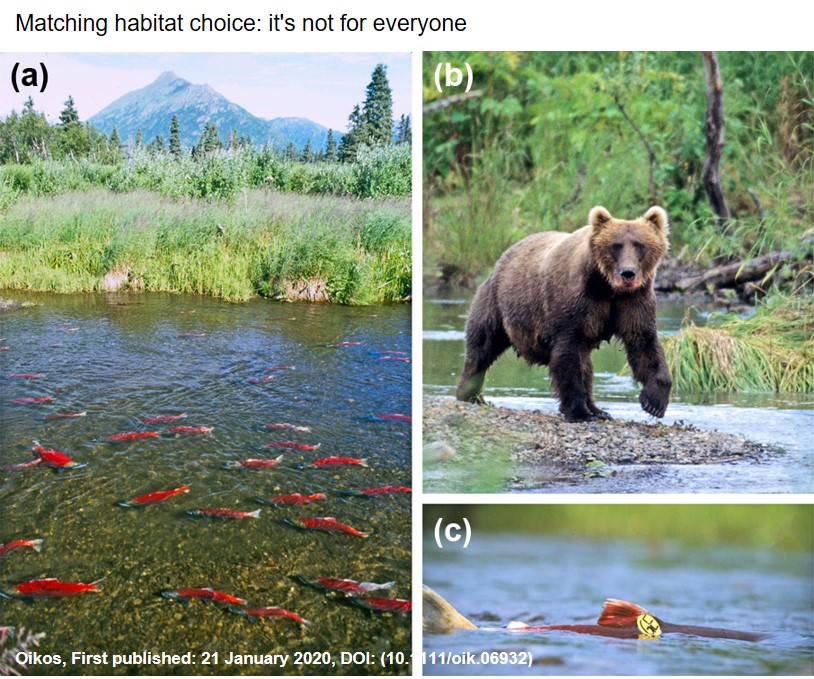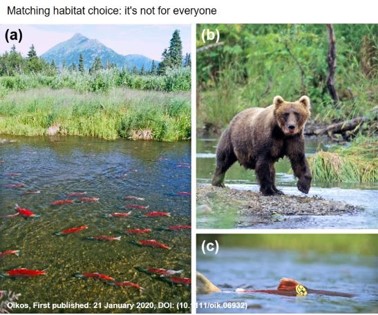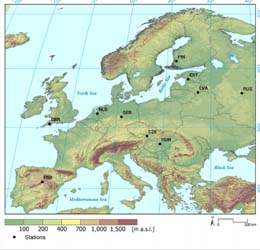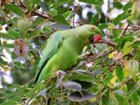Matching habitat choice is a particular form of habitat selection based on self-assessment of local performance that offers individuals a means to optimize the match of phenotype to the environment. Despite the advantages of this mechanism in terms of increased local adaptation, examples from natural populations are extremely rare. One possible reason for the apparent rarity of matching habitat choice is that it might be manifest only in those segments of a population for which the cost of a phenotype–environment mismatch is high. To test this hypothesis, a breeding population of sockeye salmon (Oncorhynchus nerka) exposed to size-dependent predation risk by bears was used, and the costs of mischoosing in discrete groups (e.g. male versus females, and ocean-age 2 versus ocean-age 3) was evaluated using reproductive life span as a measure of individual performance. Bear preference for larger fish, especially in shallow water, translates into a performance trade-off that sockeye salmon can potentially use to guide their settlement decisions. Consistent with matching habitat choice, we found that salmon of similar ocean-age and size tended to cluster together in sites of similar water depth. However, matching habitat choice was only favoured in 3-ocean females – the segment of the population most vulnerable to bear predation. This study illustrates the unequal relevance of matching habitat choice to different segments of a population, and suggests that ‘partial matching habitat choice' could have resulted in an underestimation of the actual prevalence of this mechanism in nature. informacion[at]ebd.csic.es: Camacho & Hendry (2020) Matching habitat choice: it's not for everyone. Oikos DOI 10.1111/oik.06932
https://onlinelibrary.wiley.com/doi/full/10.1111/oik.06932


 The costs of mischoosing are not uniform across individuals
The costs of mischoosing are not uniform across individuals

